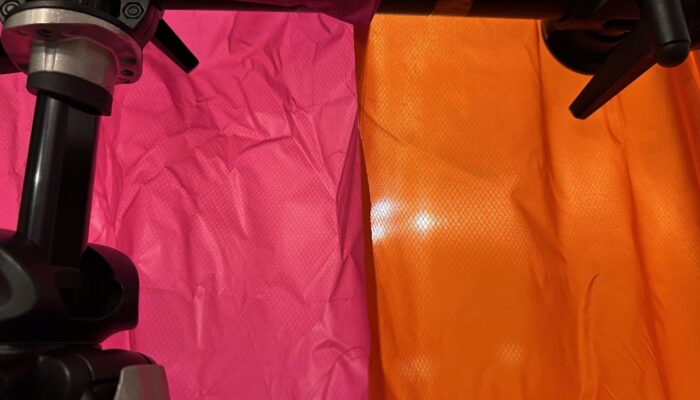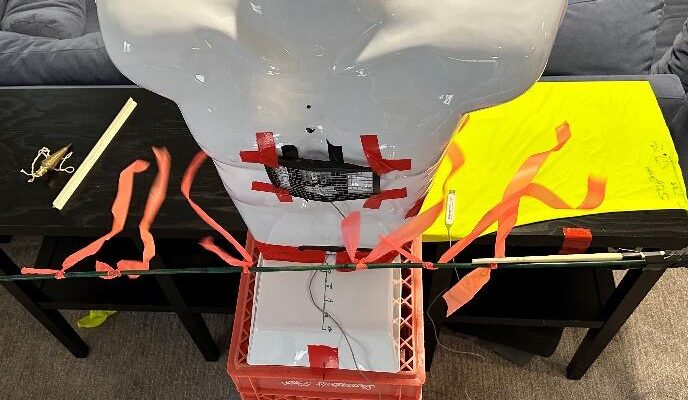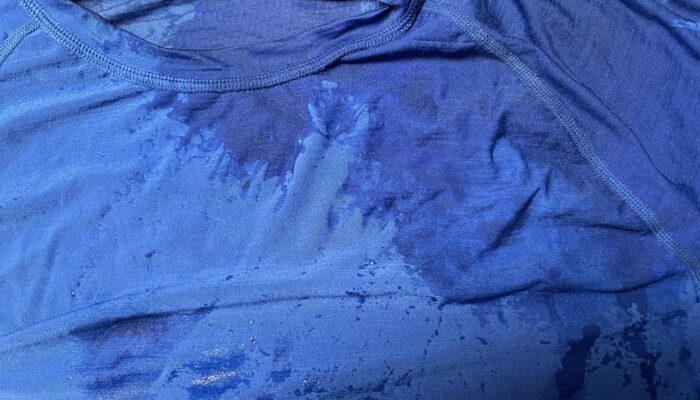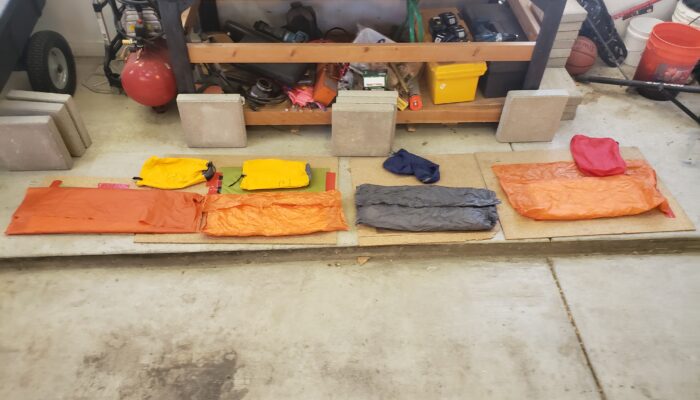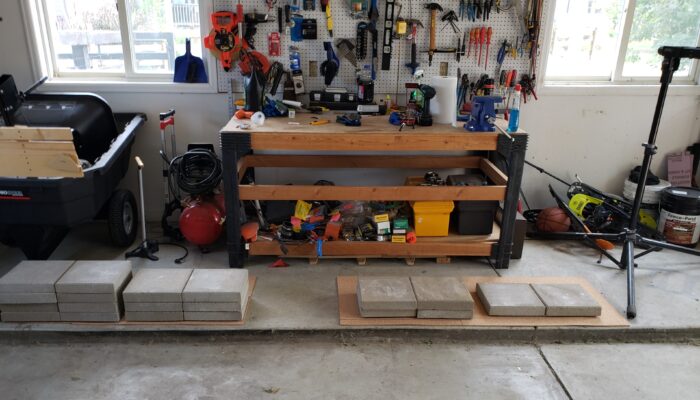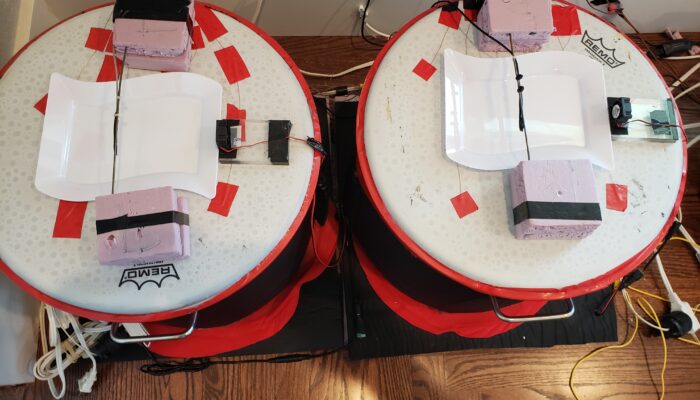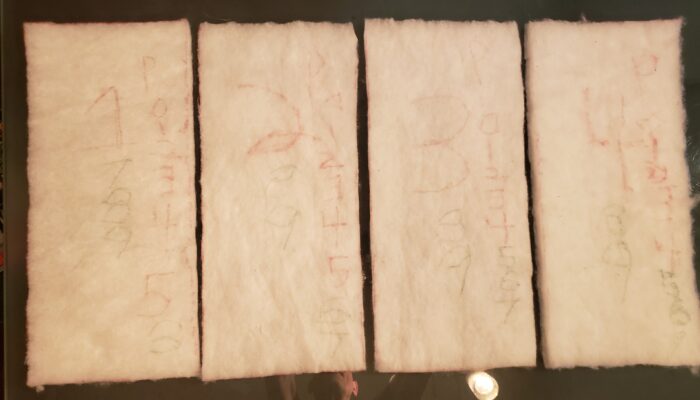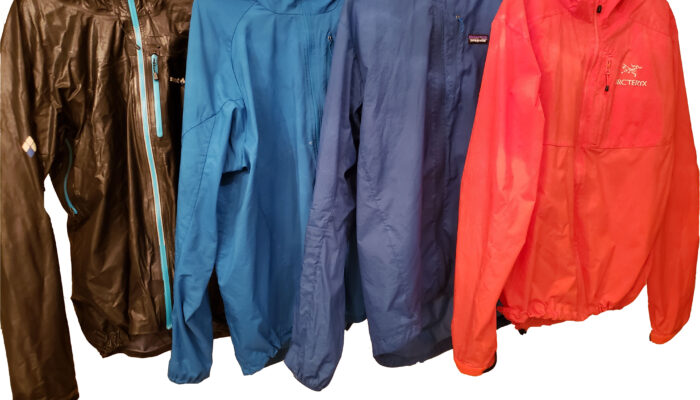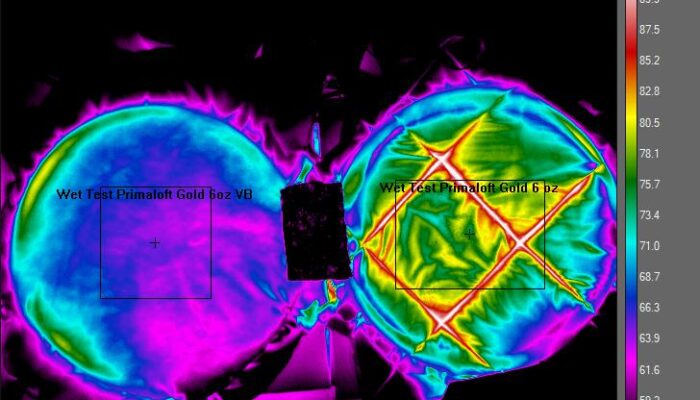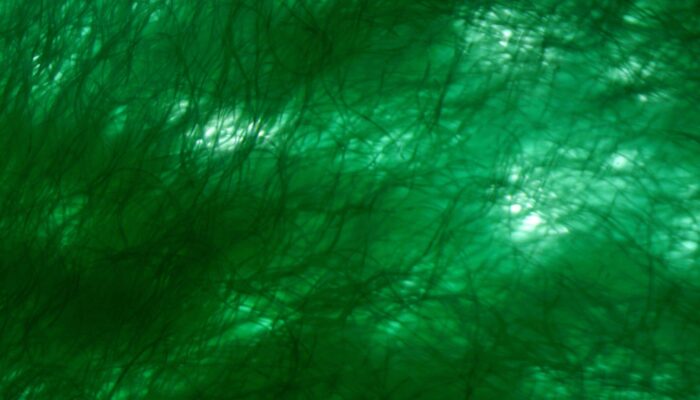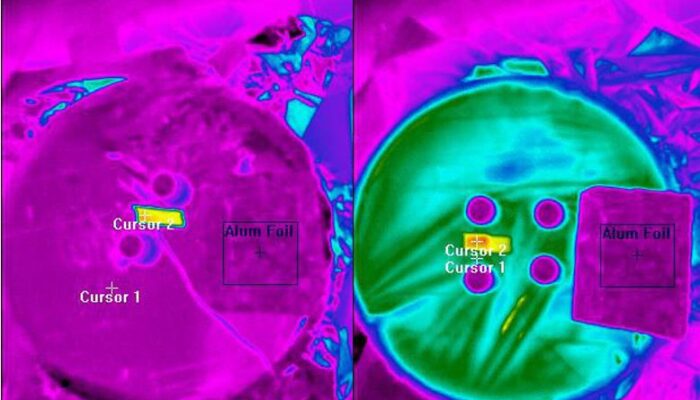Column: By the Numbers by Stephen Seeber
In the column By the Numbers, Backpacking Light contributor Stephen Seeber (author page | member page) turns a critical eye towards fabrics and materials by testing for claims, degradation, and more.
I spend a lot of time outdoors and I don’t believe in suffering. Unfortunately, the clothing choices I made in the past often resulted in misery, despite manufacturers’ claims of cutting-edge performance. I used to make my living testing electrical, mechanical, and structural systems to predict or correct failures. After I retired, I moved to Colorado to be in the mountains. I began to create a clothing laboratory so I could actually measure clothing performance and make objective decisions on which garments best served my needs. My By the Numbers columns make my research available to the Backpacking Light community. In that role, I am concerned not only with my needs but also with those expressed by other Backpacking Light Members.
– Stephen Seeber
- GEAR • Gear Reviews
- GEAR • Gear Guides
- GEAR • Gear Checklists
- GEAR • Make Your Own Gear
- GEAR • Gear Testing & Research
- SKILLS • Tips, Tricks, and Hacks
- SKILLS • Wilderness Skills
- SKILLS • Training
- SKILLS • Trip Planning
- SKILLS • Food Preparation
- PLACES • Trips
- PLACES • Routes
- CULTURE • Essays
- CULTURE • Stories
- CULTURE • Issues
- CULTURE • People
- CULTURE • News
- CULTURE • Media Reviews
- ARCHIVES (Before 30.Nov.2015)
- SEARCH LIBRARY
- TRAILHEADS
Latest
By The Numbers Fabric Air Permeability and MVTR are Closely Related, Just Not How You Might Expect
This work explores the relationship between air permeability and MVTR in fabrics that do not include a waterproof membrane.
By The Numbers – How Much Wind Penetrates Your Air Permeable Outer Layer at Hiking and Running Speeds?
Stephen Seeber helps us answer the question, "do air-permeable garments allow a noticeable amount of ventilation while hiking or running?"
By The Numbers: What’s the Best Base Layer Fabric? Wool vs. Alpaca vs. Polyester
In this paper, I subject base layers in various weights made from merino, merino blends, and alpaca to the suite of tests I have developed to evaluate base layer performance. I then compare the performance of these base layers with those of the polyester base layers I have recently reviewed. We also see if my preconceived notions about merino hold water. Finally, we will see how to choose the fiber for our base layers.
Why is my base layer soaked?
Sometimes a wet base layer just can't be avoided. Soaked-based layers happen. Here is why it will happen to you.
By the Numbers: Compression Resistance of PrimaLoft Gold vs. Climashield Apex (Part 4)
PrimaLoft Gold outperforms Climashield Apex as the more resilient (durable) insulation, capable of retaining more of its original warmth and loft in response to repeated compression.
Do moisture-wicking fabrics work?
Moisture-wicking fabrics (base layers and underwear) are designed to move sweat away from the skin. In this study, we test if Polartec and other base layer fabrics meet manufacturer claims.
Synthetic Insulation Degradation Part 2: Thermal Performance vs. Compression
How bad does high-loft synthetic insulation (Climashield Apex and Primaloft Gold) degrade when subjected to repeated compression cycles? What's the impact on backpacking gear and apparel?
By the Numbers: the Search for a High-MVTR Waterproof Breathable Shell Jacket
A high MVTR waterproof-breathable shell jacket may be the holy grail that can replace both a wind shirt and a rain jacket. Do they exist, and where do we find them?
By the Numbers: Crushing It – How Bad is Thermal Degradation in Synthetic Insulation?
In part two of this investigation, we see what happens when you crush insulation beneath a stack of concrete pavers - again and again.
The Search for a Fleece Replacement – A Close Look at Active Insulation and the role of MVTR
What is MVTR's role in active insulation garments?
Air permeability vs. moisture vapor transmission rate (MVTR): which one impacts moisture transport more in wind and rain jackets?
This study compares the performance of four jackets made with fabrics that span a wide range of air permeability rates and moisture vapor transmission rates (MVTR). The study shows that significantly greater moisture removal can be achieved as a function of jacket MVTR than jacket air permeability.
By The Numbers: How Bad is Thermal Degradation in Synthetic Insulation?
The latest findings on thermal degradation in synthetic insulation from Stephen Seeber may surprise you in this By The Numbers column.
By the Numbers: Is Synthetic Insulation Warm When Wet?
We throw some quantitative testing at an oft-repeated synthetic insulation claim to measure the thermal performance of wet insulation.
By the Numbers: Rethinking Fleece
Stephen Seeber subjects ten fleece samples to rigorous thermal testing.
By the Numbers: Thermal Performance Measurements of Synthetic Insulations
Stephen Seeber presents measurements of several market-leading insulations along with four performance metrics to help judge their performance.
By the Numbers: If You Carry a Space Blanket, Buyer Beware
Stephen Seeber tests the infrared reflective properties of space blankets.
By the Numbers: Patagonia Worn Wear Micro Puff vs. New Micro Puff
In his new column for Backpacking Light, Stephen Seeber runs thermal testing on used and new Patagonia Micro Puff jackets.

 I spend a lot of time outdoors and I don’t believe in suffering. Unfortunately, the clothing choices I made in the past often resulted in misery, despite manufacturers’ claims of cutting-edge performance. I used to make my living testing electrical, mechanical, and structural systems to predict or correct failures. After I retired, I moved to Colorado to be in the mountains. I began to create a clothing laboratory so I could actually measure clothing performance and make objective decisions on which garments best served my needs. My By the Numbers columns make my research available to the Backpacking Light community. In that role, I am concerned not only with my needs but also with those expressed by other Backpacking Light Members.
I spend a lot of time outdoors and I don’t believe in suffering. Unfortunately, the clothing choices I made in the past often resulted in misery, despite manufacturers’ claims of cutting-edge performance. I used to make my living testing electrical, mechanical, and structural systems to predict or correct failures. After I retired, I moved to Colorado to be in the mountains. I began to create a clothing laboratory so I could actually measure clothing performance and make objective decisions on which garments best served my needs. My By the Numbers columns make my research available to the Backpacking Light community. In that role, I am concerned not only with my needs but also with those expressed by other Backpacking Light Members.